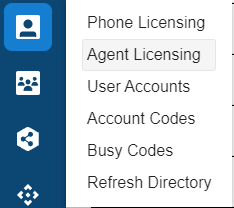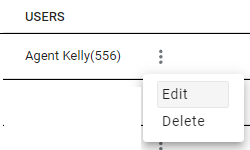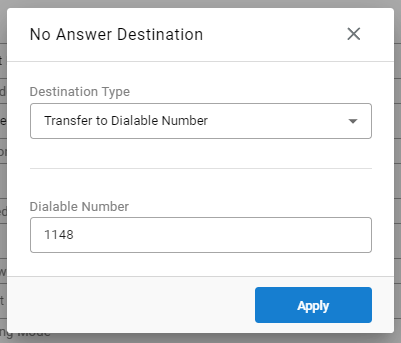Setting an Overflow Destination for Direct Calls to Xima Agents
Applies to Agents using the Xima WebRTC SoftphoneAgents who are using UC-based hard or soft phone will not need or have the setting described in this article. Their overflow rules would be managed and configured in the UC platform itself.
Use Case
If you have agents who are utilizing the CCAC embedded softphone (WebRTC) and who are set to take direct calls that do not involve a skill group, you may need to configure an overflow destination in the event the agent is unavailable. Without the overflow configured, the agent's phone may ring busy (if they're occupied with a call or on DND) or it will continue to ring until the calling party disconnects (if the agent is in a "ready" state but not answering the call)
This may includes sending the call to an agent's voicemail box extension, a group voicemail box, another phone number, or to an existing skill group.
Configuring an Overflow Destination per Agent
-
First, log into Xima CCaaS with an Administrator level account.
-
Select the User Management ► Agent Licensing

-
Select the ellipsis "..." and "Edit" for the desired agent:

-
Select the edit icon by "No Answer Destination"
-
Choose the type of destination for the overflow. This could include "None", "Skill", or a "Dialable Number"
-
A dialable number could be used for transferring the caller to a voicemail box setup inside of the UC system. You just need to include the extension number in the field.

-
-
Save your changes.
Overflow Does NOT Apply to Skill CallsIf the call is in a skill group queue and rings to the agent, the "No Answer Destination" will not be invoked if the agent fails to answer the call. The call would remain in the skill group queue and offer to the next available agent.
Updated about 2 months ago
